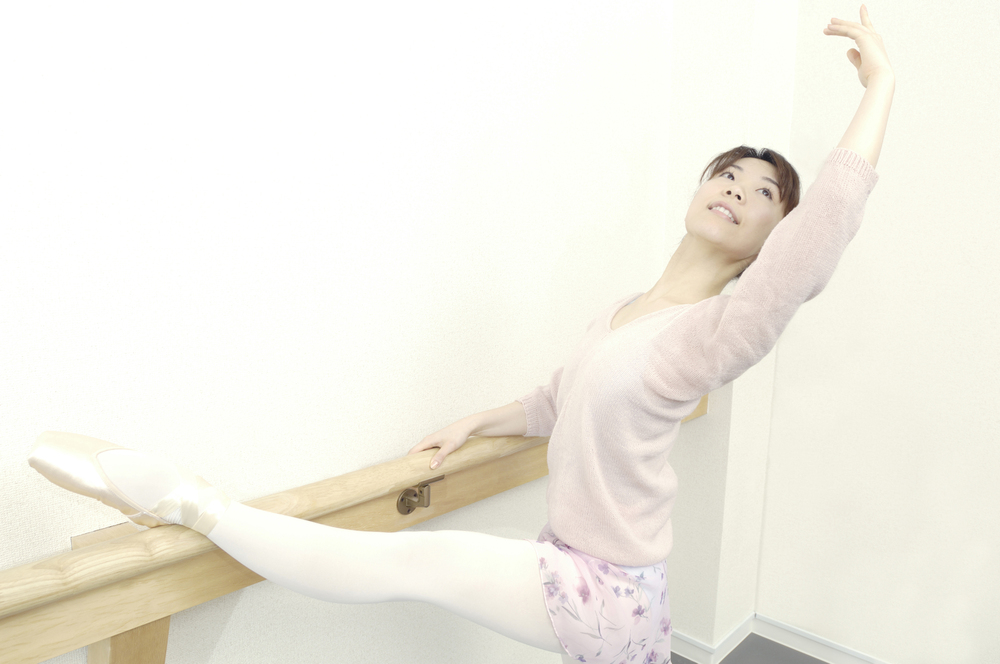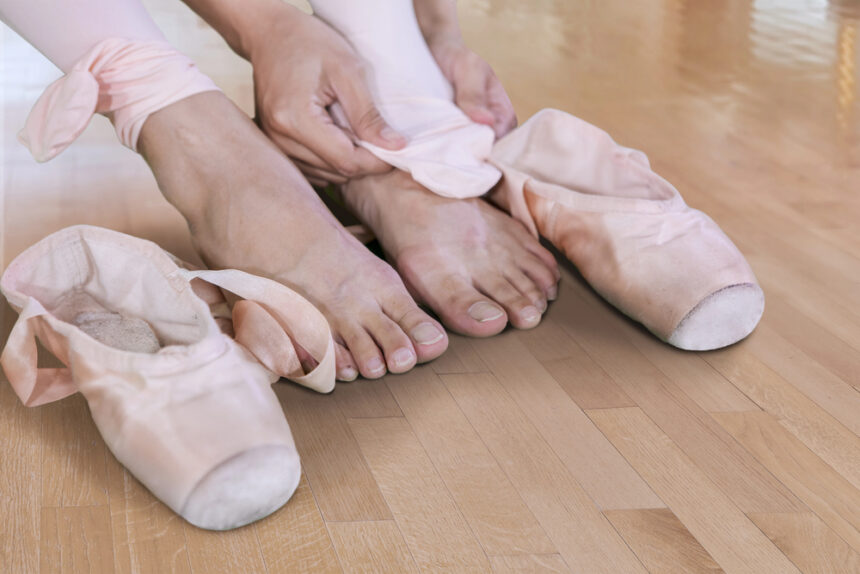Older Women in Ballet: A Growing Trend in Japan
In recent years, Japan has witnessed a remarkable trend: a growing number of older women in ballet. These women, often middle-aged or elderly, are either embracing classical ballet for the first time or returning to a long-forgotten passion. Consequently, this surge in interest has led to the emergence of ballet classes specifically tailored to meet the unique needs and aspirations of this demographic.
Embracing Ballet Later in Life
On a mid-June afternoon, a Tokyo ballet studio operated by Chacott Co., a renowned dance apparel company, welcomed a group of 14 women. Most were in their 50s or older, moving with a grace and determination that belied their years. Among them was a 55-year-old writer who began her ballet journey at 47, fulfilling a childhood dream. She shared, “When I’m dancing, I can be completely absorbed, leaving behind the stresses of daily life.” The rise of older women in ballet comes at a time when overall participation in the art form is declining in Japan, primarily due to a shrinking youth population.
A Shift in Ballet Demographics
Interestingly, a survey by the Showa University of Music’s ballet research center highlighted a decline in student numbers, dropping from approximately 400,000 in 2011 to about 250,000 in 2021. However, the age demographics tell a different story. Notably, classes with students in their 60s increased from 45 percent in 2011 to 65 percent in 2021, while those with students in their 70s rose from 10 percent to 36 percent during the same period. As a result, Chacott’s nine studios across Japan are experiencing this trend firsthand, with about 30 percent of their students now in their 50s.

Institutions Respond to the Trend
Moreover, in response to this growing interest, institutions like Otona Ballet Academy have emerged, catering specifically to adults. Founded in 2018, the academy now operates six schools, mostly in Tokyo, with about 800 students—half of whom are women in their 50s. Recognizing the unique challenges and needs of older beginners, the academy offers classes focused on the basics of ballet, such as foot positions and joint flexibility, delivered with patience and care. “In many cases, these women are fulfilling a lifelong dream to dance,” said Keiji Ino, head of Otona Ballet Academy. “Now that their children are grown, they finally have time and resources to devote to themselves.”
Taking the Stage Later in Life
Furthermore, beyond the studio, some older dancers are eager to take their passion to the stage. For example, Marty Corp, a Tokyo-based ballet and dancewear maker, noticed a growing desire among adult students to perform. Consequently, in May 2023, the company organized its first ballet competition exclusively for those who started ballet as adults. The event attracted 30 participants, with about 70 percent in their 50s or older.
“Age is just a number,” said Kumi Oyama, head of the ballet research center and executive director of the Star Dancers Ballet group. “If you have the interest, there’s no reason not to try.”
The Resilience of Older Women in Ballet
Ultimately, this renewed passion for ballet among Japan’s older women is more than just about learning a dance; it’s a powerful expression of resilience, self-fulfillment, and the belief that it’s never too late to pursue one’s dreams. The growing presence of older women in ballet highlights their determination to embrace new challenges and find joy in the art form, regardless of age.

